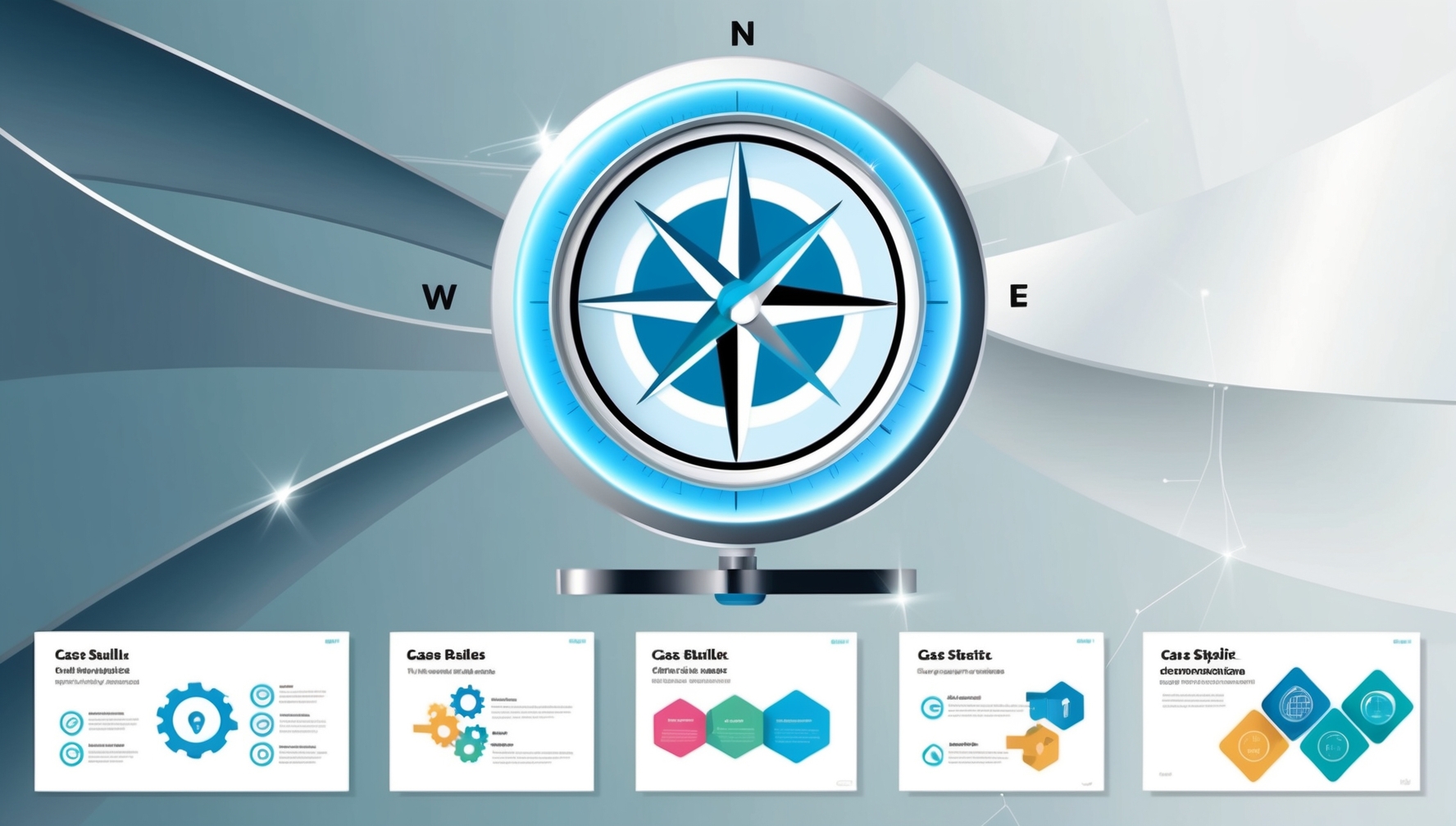
Full Lifecycle Digital Transformation Strategy Roadmap Example – Strategy driven and Outcomes focused with Reusable Deliverables
This digital transformation strategy example offers a full lifecycle approach—from assessment and planning to execution and optimization. Created through deep consultant-client collaboration, it’s structured around strategic goals and target outcomes. The package includes benchmark data, capability models, governance frameworks, and ready-to-use deliverables to help you create your own digital transformation roadmap—regardless of industry or size.





![Nonprofit Digital Strategy A Comprehensive Guide [and Template]](https://cioindex.com/wp-content/uploads/2024/11/Nonprofit-Digital-Strategy-Template-Guide.jpg)



